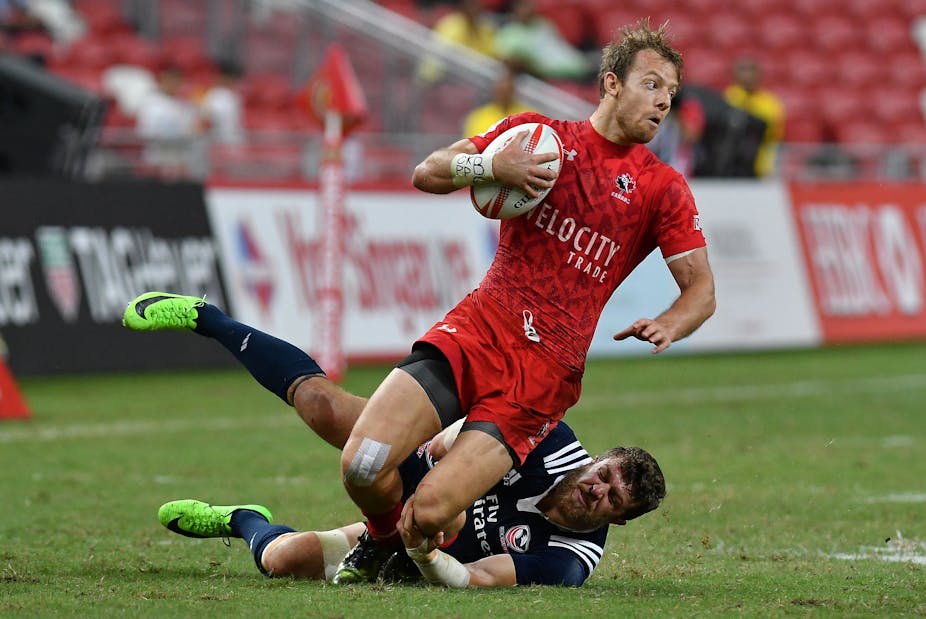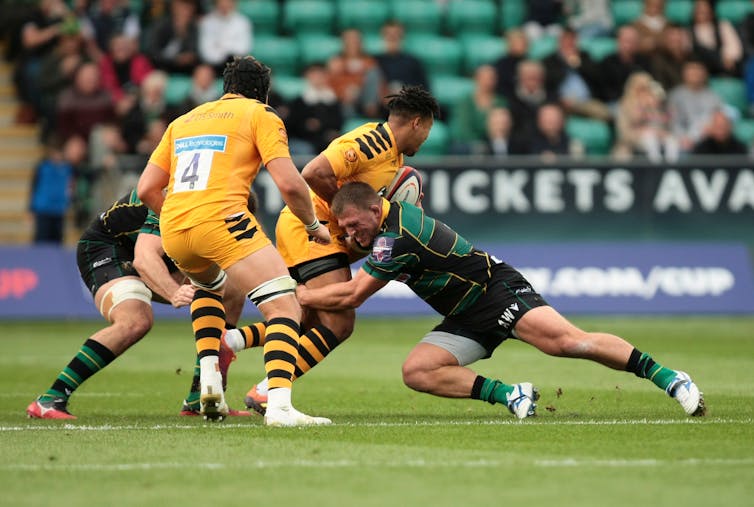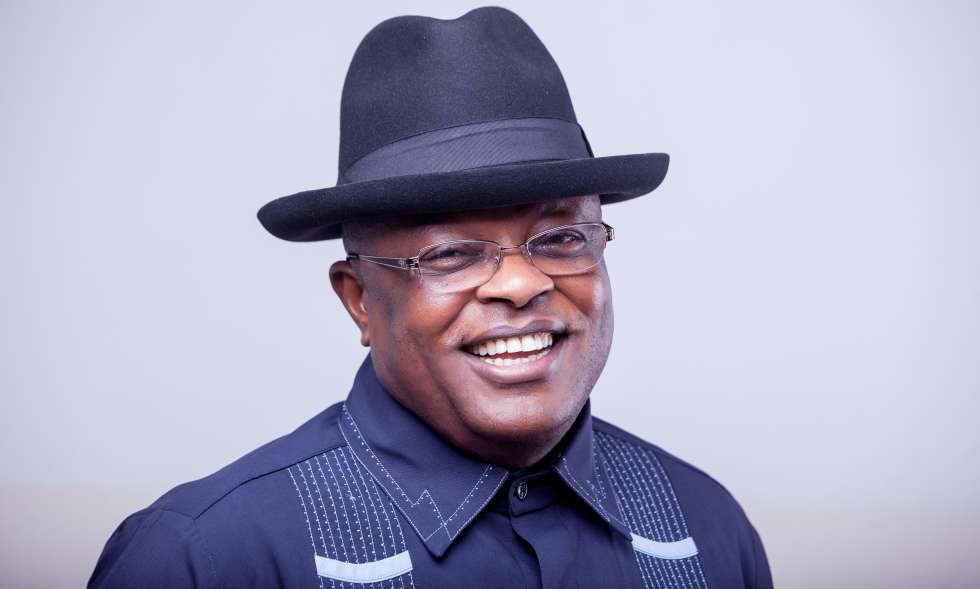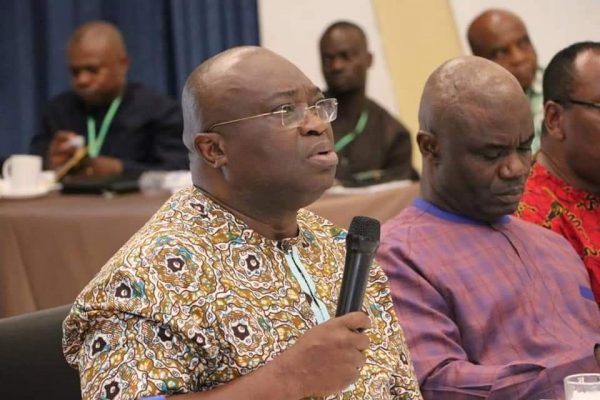Concussions in sport can now be rapidly diagnosed using spit – new research

Valentina Di Pietro, University of Birmingham and Antonio Belli, University of Birmingham
Concussion is now recognised as the most common injury in many contact sports, such as rugby and American football. But while it’s possible to recover from a concussion, multiple head injuries or improperly treated ones can lead to long-term problems, including chronic traumatic encephalopathy (CTE), a condition which can cause behavioural problems, mood problems, and difficulty thinking.
Over time, is can also cause dementia. Multiple ex-rugby players in the UK have been diagnosed with early-onset dementia, believed to be the result of suffering multiple concussions during their years of play. This has also been the case for many ex-NFL players, who have been diagnosed with CTE, thought to be the result of the traumatic brain injuries they sustained during their career.
Although awareness of the damaging long-term consequences of concussions has led to some changes in the way concussions are managed in players, it’s still a problem many players face. And given there’s currently no way to diagnose CTE while a person is alive, being able to better diagnose concussions as soon as they happen may be important for preventing this condition from developing in the first place.
At the University of Birmingham, we led a study which looked to uncover whether we could spot signs of concussion in a person’s spit. Our study – which is the largest to date of its kind – identified unique signatures of concussion in the saliva of male rugby players. By comparing our results against head injury assessments carried out on the professional players, we found our technique was accurate at detecting concussion from saliva 96% of the time.
We obtained saliva samples from male professional rugby players in the top two tiers of England’s elite rugby union competitions (Premiership and Championship) during the 2017-18 and 2018-19 rugby seasons. Samples were collected pre-season from 1,028 players.
Of the total cohort, 156 of these players received a head injury assessment after suffering a suspected concussion. In these players, saliva samples were taken at three points: in-game, post-game, and 36-48 hours post-game. Control samples were also collected from 102 uninjured players and 66 players who were removed from the game due to other injuries (such as a sprained ankle).

Previous research we conducted had identified specific molecules in saliva which change after a concussion. The molecules we identified are called small non-coding RNAs and bring messages to other cells telling them how they should behave. These molecules can be easily detected in a lab.
But we needed to see whether these molecules could be used to diagnose concussion. Using standard molecular technology to test the saliva samples we noticed that these molecules were abundantly present immediately after a heady injury. We were able to successfully identify the presence of these molecules in minutes – moments after a concussion happened. This means it’s now possible to accurately identify concussions simply by analysing a player’s saliva.
Rapid diagnosis
Quickly and accurately diagnosing a concussion when it happens means players can be treated more effectively. This may also one day help prevent neurodegenerative problems from developing.
A commercial version of the salivary test which uses the biomarkers we discovered is currently under development. This would allow the test to be used alongside other injury assessment protocols (such as cognitive tests and gait analysis) to improve the accuracy of concussion diagnoses. Physicians would collect a sample after an injury takes place, and mail it to a lab for analysis. The sample would be processed, and the biomarker evaluation algorithm we developed would determine the probability of concussion. This analysis takes a working day. Once portable equipment becomes available, even saliva samples collected at pitch-side could be used to identify concussion in minutes, as our study showed.
Concussion can be hard to diagnose and is often missed, especially where a structured evaluation by an expert clinician is not possible or available. Small non-coding RNAs can provide a simpler diagnostic tool that could be used by pitch-side medical staff in future. may reduce the risk of missing this type of injury at all levels of participation. It can also be used to diagnose concussion in a variety of settings, not just in sports.
In the meantime, further research is being conducted to better understand when it may be safe for a player to return to contact training or competition following a concussion. Other studies will also need to investigate whether these biomarkers are the same in other groups – including females and children.![]()
Valentina Di Pietro, Lecturer in Neurotrauma, University of Birmingham and Antonio Belli, Professor of Trauma Neurosurgery, University of Birmingham
This article is republished from The Conversation under a Creative Commons license. Read the original article.
What's Your Reaction?





















































































